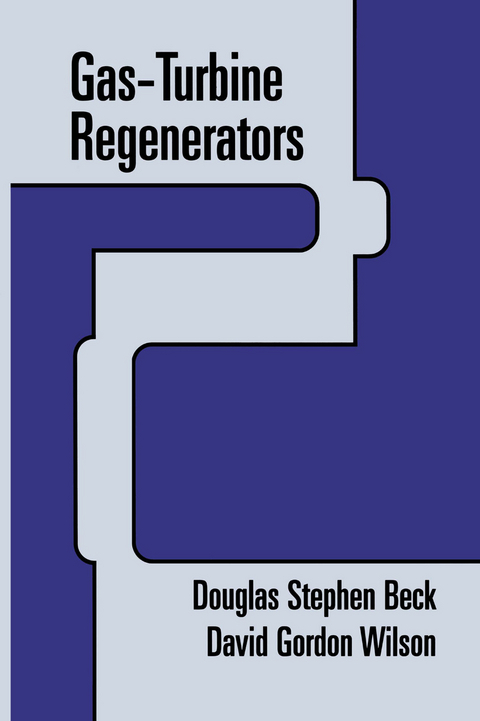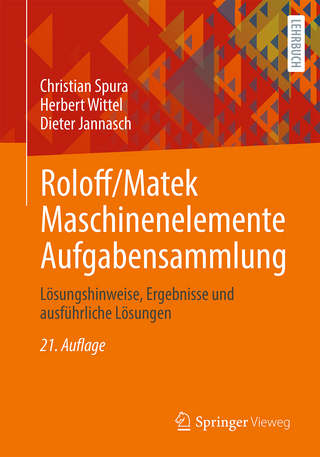
Gas-Turbine Regenerators
Chapman and Hall (Verlag)
978-0-412-98331-3 (ISBN)
Regenerative gas turbines are attractive alternatives to diesel engines and spark ignition engines for automobiles and to diesel engines and combined-cycle en gines for power generation. Theory indicates regenerative gas turbines should achieve higher thermal efficiencies than those of diesel engines and combined cycle engines. Further, regenerative gas turbines are potentially lower in cost, require less maintenance, require less space, and pollute less than competitive systems. Regenerators can be used for exhaust-gas heat exchange or for intercooling in gas-turbine systems. As an exhaust-gas heat exchanger, a regenerator recovers heat from the exhaust and uses it to preheat the compressed air before the compressed air enters the combustor. Preheating of the compressed air permits a small heat input to the combustor for a given power output of the engine. As an intercooler, a regenerator cools the gas between compressor stages. Less work is required to compress cool gas than is required to compress warm gas. Therefore, a regenerator intercooler can reduce the required work input to the compressor. Thus, regenerators can be used to increase the thermal efficiencies and power outputs of gas turbines. the backbones of high-performance re High-performance regenerators are generative gas turbines. In the past, lack of understanding of regenerator per formance has led to sub-optimal engine designs. Now this book gives com prehensive regenerator information. With this book, the designer can design regenerators that will yield gas turbines with maximum thermal efficiencies.
1 Introduction.- 1.1 Regenerators vs. Recuperators.- 1.2 Heat Transfer.- 1.3 Leakage.- 1.4 Pressure Drops.- 1.5 Power Consumption.- 1.6 Summary.- 2 Background.- 2.1 History of Regenerators.- 2.2 Analysis and Design.- 2.3 State of the Art.- 3 Gas-Turbine Cycles.- 3.1 Performance.- 3.2 Governing Equations.- 3.3 Simple Cycle.- 3.4 Regenerative Cycle.- 3.5 Intercooled Regenerative (ICR) Cycle.- 3.6 ICR Cycle with Reheat.- 3.7 Summary.- 4 Regenerator Designs.- 4.1 Significance of Heat Exchangers in Gas Turbines.- 4.2 Alternative Regenerator Designs.- 4.3 Gas-Turbine Cycles with Heat Exchangers.- 4.4 Future Directions.- 5 Design Procedures and Examples.- 5.1 Direct Regenerator Design.- 5.2 Optimal Regenerator Design.- 5.3 Method of Kays and London.- 5.4 Summary.- 6 Regenerator Performance.- 6.1 Heat Transfer.- 6.2 Summary.- 6.3 Seal Leakage.- 6.4 Pressure Drops.- A Performance of the Ericsson Cycle.
| Erscheint lt. Verlag | 31.8.1996 |
|---|---|
| Zusatzinfo | XXVI, 250 p. |
| Verlagsort | London |
| Sprache | englisch |
| Maße | 152 x 229 mm |
| Themenwelt | Technik ► Maschinenbau |
| ISBN-10 | 0-412-98331-1 / 0412983311 |
| ISBN-13 | 978-0-412-98331-3 / 9780412983313 |
| Zustand | Neuware |
| Haben Sie eine Frage zum Produkt? |
aus dem Bereich


